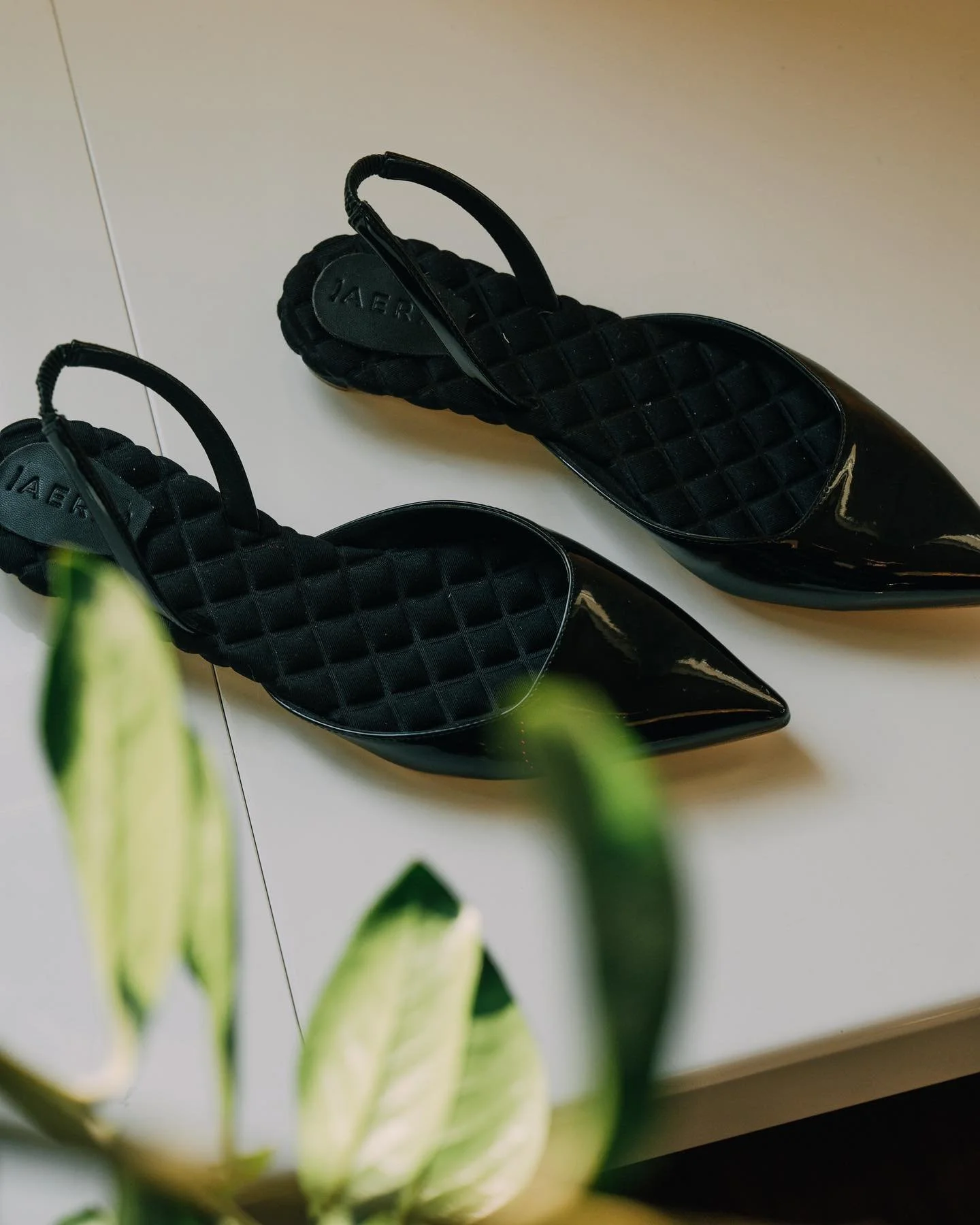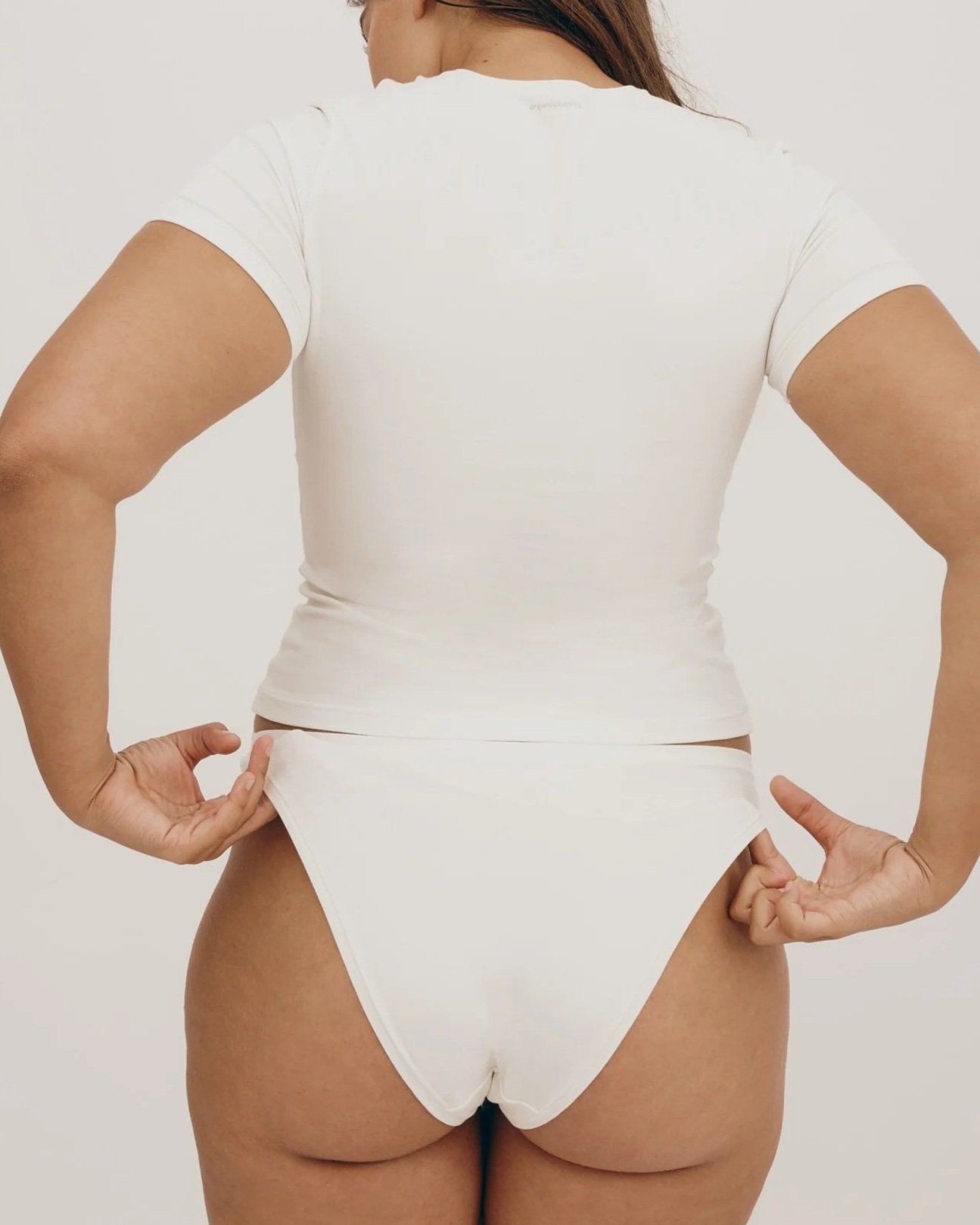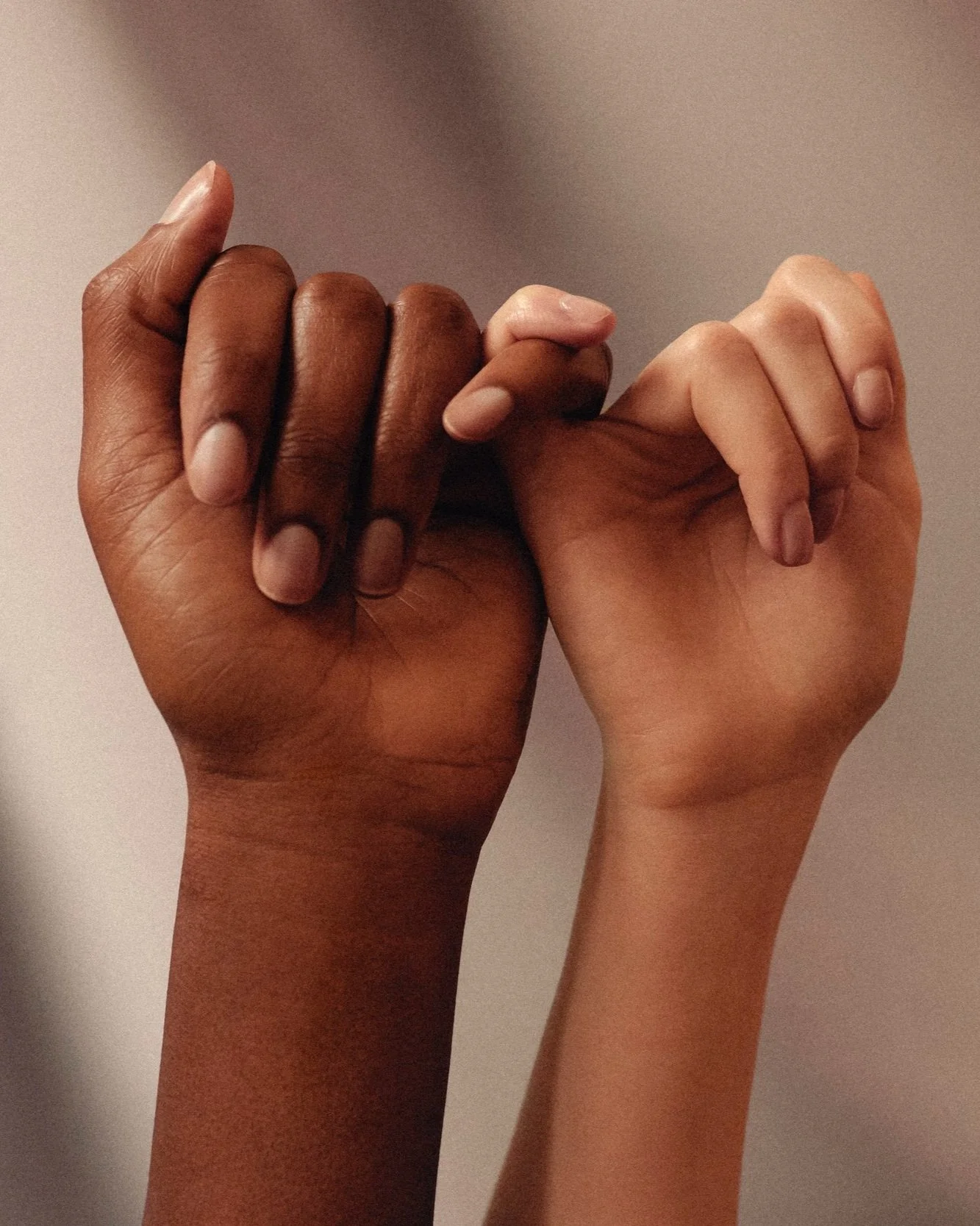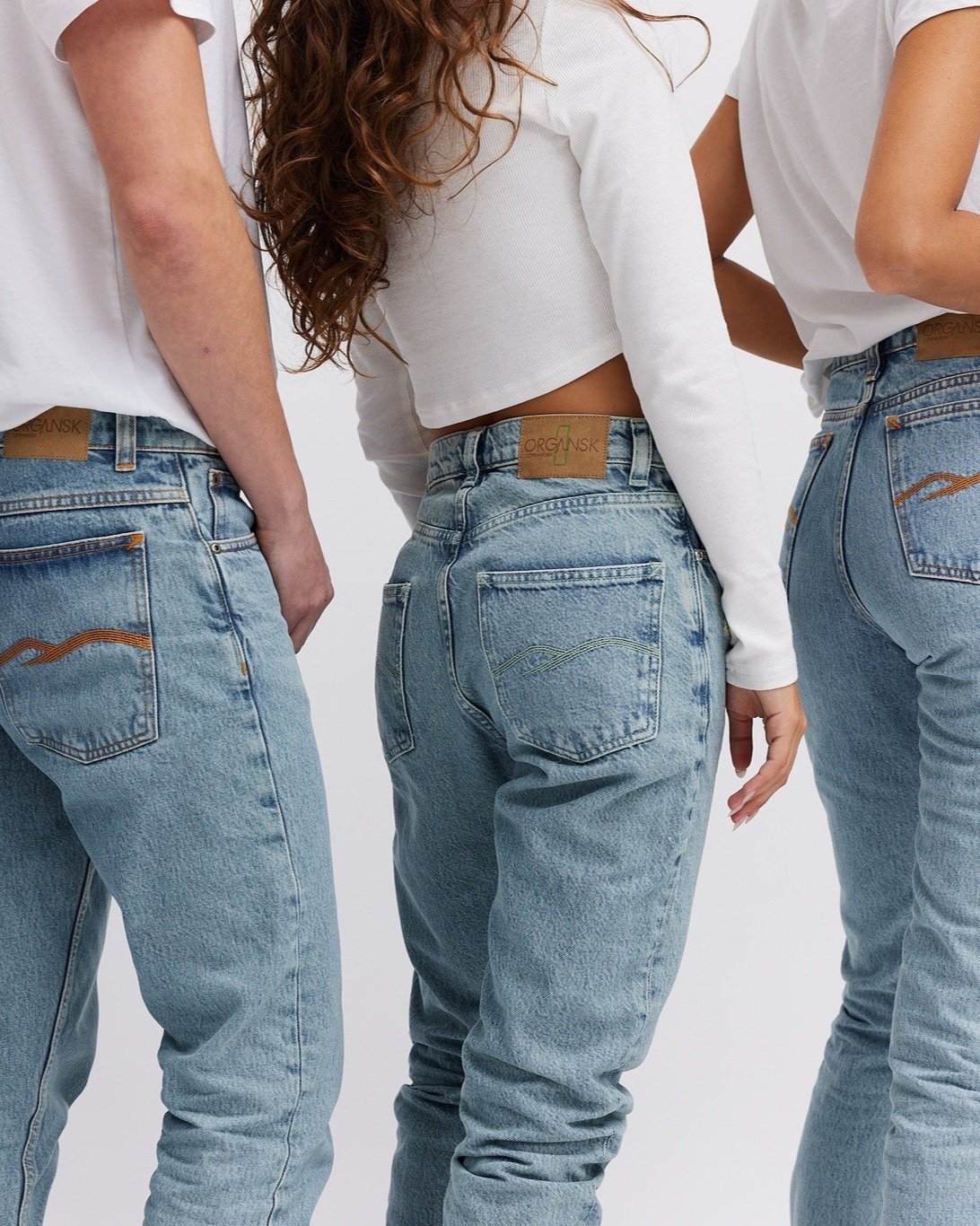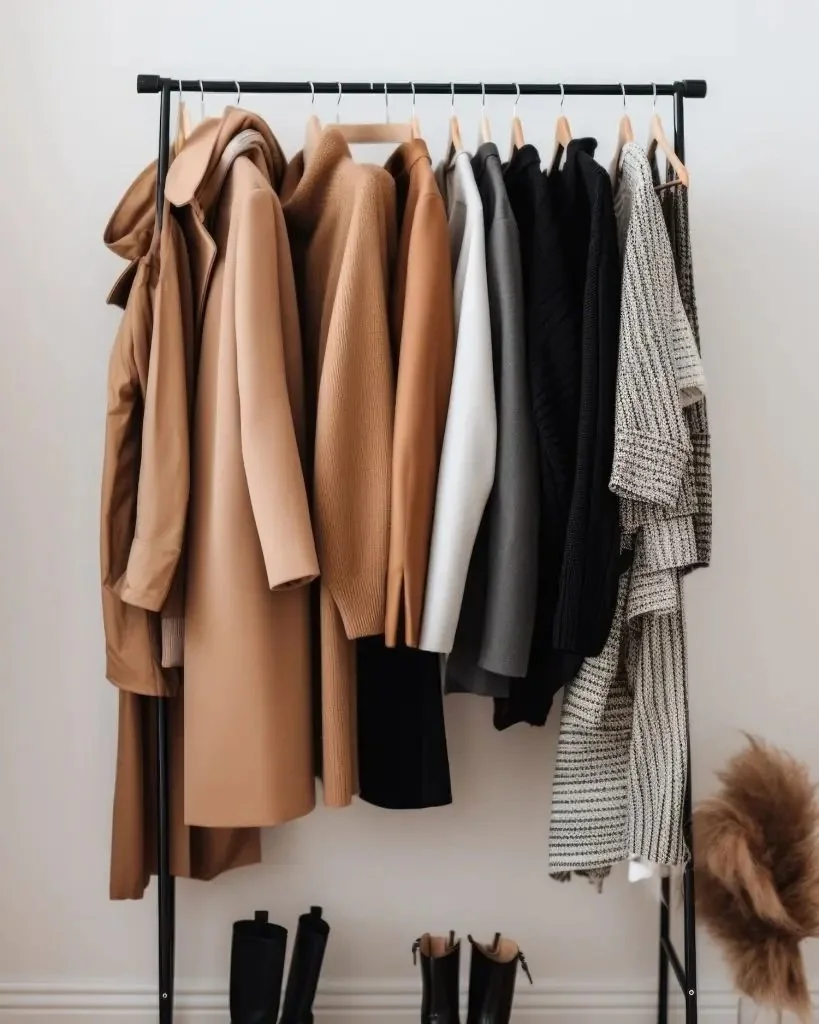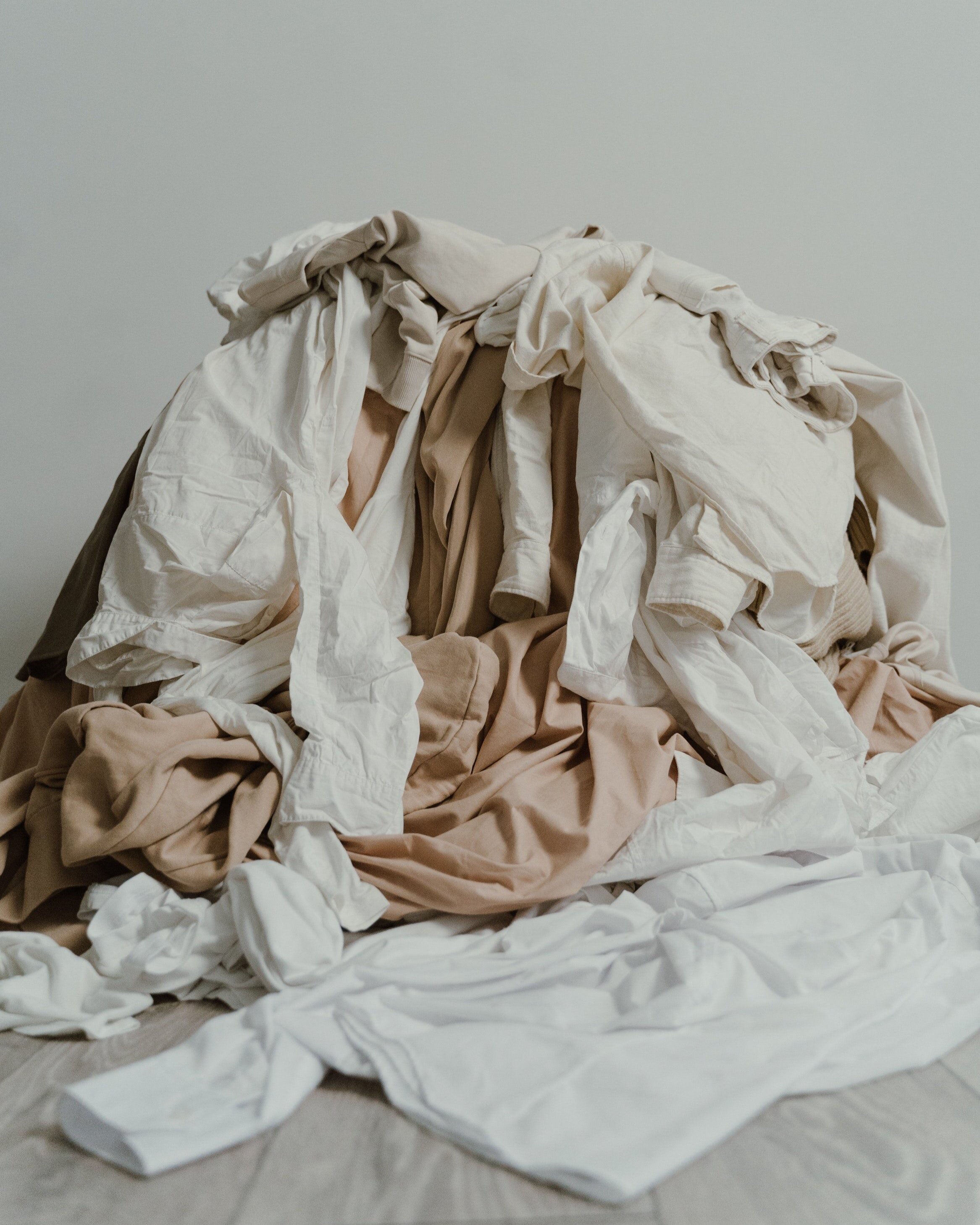
Fashion is all about making choices that reflect our values, and when it comes to sustainability and empowerment, those choices become even more meaningful. By choosing ethically made clothing, you not only contribute to a healthier planet but also uplift amazing women who are leading the charge in innovative fashion. If you’re on the lookout for beautiful, eco-friendly dresses that match your values, you’re in the perfect spot!
Disclosure: Some of the links below are affiliated; we may earn a small commission if you click through and make a purchase. We only feature brands that align with our values and contribute to a better world. Thank you for supporting these brands - and us! Cover Image: Transcend
In this post, we’re excited to introduce you to 10 gorgeous woman-owned brands that are changing the face of sustainable fashion in 2025. From comfy organic cotton basics to stunning artisan-crafted pieces, these brands showcase that beauty and sustainability can go hand in hand. Whether you need a chic everyday dress, an effortlessly elegant occasion piece, or a breezy summer staple, you’ll find something truly special here.
Let’s take a closer look and celebrate these inspiring women-led businesses together!
Why Choose Woman-Owned Sustainable Fashion?
Choosing to support woman-owned brands means more than just looking good. It’s a powerful step towards empowerment, ethics, and sustainability. Many women-led businesses place a strong emphasis on people and the planet, focusing on fair labor practices, sustainable materials, and inclusive design. These brands often set out to challenge the harmful practices of the fashion industry, like exploitative labor and excessive waste. Instead, they promote transparency, fair wages, and eco-friendly production methods. When you shop from woman-owned sustainable brands, you’re not just finding beautiful, eco-conscious fashion; you’re also uplifting female entrepreneurs who are transforming an industry long dominated by fast fashion giants.
What Makes a Dress Truly Sustainable?
With so many brands claiming to be “eco-friendly,” it’s essential to recognize what true sustainability looks like in fashion. Here are some key features of sustainable dresses:
Ethical Production: Look for dresses made in factories or artisan workshops that prioritize fair wages, safe working conditions, and uphold labor rights.
Eco-Friendly Fabrics: Materials like organic cotton, linen, hemp, TENCEL™, and deadstock fabric help reduce water usage and avoid harmful pesticides.
Low-Impact Dyes & Processes: Many traditional dyes include toxic chemicals. Opt for brands that use natural dyes or certified non-toxic alternatives.
Circular Fashion Principles: Sustainable brands design with longevity in mind, creating durable pieces that are easy to repair, recycle, or compost.
Carbon-Conscious Practices: Some brands focus on minimizing carbon emissions by using local production, renewable energy, or offsetting their carbon footprint through practices like reforestation.
Our Favorite Sustainable Dresses from Woman-Owned Brands:
1. Transcend
Price: $250-350
use code CHIC30 for 30% off
This brand isn’t just about clothing; it’s about making a difference. Each dress they create not only looks beautiful but also supports social and environmental causes, empowering women and encouraging us to shop mindfully.Their latest collection, Empower, features ethically made clothing produced at a factory in Ahmedabad, Gujarat, using natural materials like cotton and linen.
2. Passion Lilie
Price: $60-118
use code sustainablychic15 for 15% off
Every dress feels like a unique piece of art, lovingly made by artisans in India who are committed to fair trade. At Passion Lilie, you’ll find beautiful block-printed designs that not only showcase traditional craftsmanship but also help provide sustainable livelihoods for the talented individuals behind them.
3. Agaati
Price: $350-1,425
use code AGAATI15SC on ready-to-ship styles to their elegant Bespoke / On-Demand pieces
Agaati’s sustainable dress collection is all about celebrating the incredible craftsmanship of women artisans in India and Nepal. Each piece is thoughtfully handcrafted using natural and repurposed fabrics, and many are made-to-order to cut down on waste. The collection features gorgeous silhouettes, from elegant midi dresses to stunning evening gowns.
4. Cleobella
Price: $64-318
If you're a fan of boho-chic styles, you'll love what Cleobella has to offer! They work closely with artisans from around the globe to craft beautiful dresses that are not only intricately designed but also made using traditional techniques. Plus, by choosing Cleobella, you’re supporting fair wages and ethical production.
5. Rujuta Sheth
Price: $80-248
Rujuta Sheth’s sustainable dresses are truly special. They’re crafted in collaboration with artisans in India, using eco-friendly, handwoven cotton and linen. Each piece, whether it’s a breezy midi or a chic check-patterned “chex” design, combines bright colors with a classic vibe. Best of all, these dresses are designed and made in New York with a commitment to zero waste and ethical production
6. Daughters of India
Price: $185-365
These dresses are everything you could want...flowy, feminine, and made with a purpose. They celebrate the rich craftsmanship of traditional Indian textiles, and the brand collaborates closely with artisan communities to keep these amazing techniques alive.
7. No Nasties
Price: $26-76
An Indian-based brand that goes all-in on sustainability. Their organic, fair-trade dresses are made from 100% vegan materials and ensure ethical practices at every stage of production. We also love their price points!
8. ReCreate
Price: $50-290
ReCreate Clothing's dress collection is all about blending style with a conscience. Based in New Zealand, they use 100% GOTS-certified organic fabrics, like super soft cotton jersey and crisp poplin. What’s also really special is their workshop in Cambodia, where every garment is produced with care...supporting fair wages, training, and empowering the local community!
9. Whimsy + Row
Price: $62-248
Whimsy + Row exclusively uses locally sourced and eco-friendly materials and recycles every scrap of deadstock fabric to create new garments or accessories. Additionally, their designs are made using recycled water and low-impact dyes, and the brand is carbon-neutral. It's a great place to shop for everyday dresses and formal events, offering extended sizing and a pre-loved section where you can purchase their items secondhand!
10. Omnes
Price: $67-242
This UK-based brand offers affordable, stylish, and responsibly made dresses. Their range of dresses combines fashion-forward designs with eco-friendly materials like deadstock fabrics and organic cotton. Whether you need a casual brunch dress or something elegant for a night out, they've got versatile options for every occasion - all produced in ethical factories.
When we support women-owned brands that champion fair wages, ethical sourcing, and sustainable fabrics, we help create a fashion industry that uplifts rather than exploits. These brands prove that fashion can be a force for good (one dress at a time) 💛








